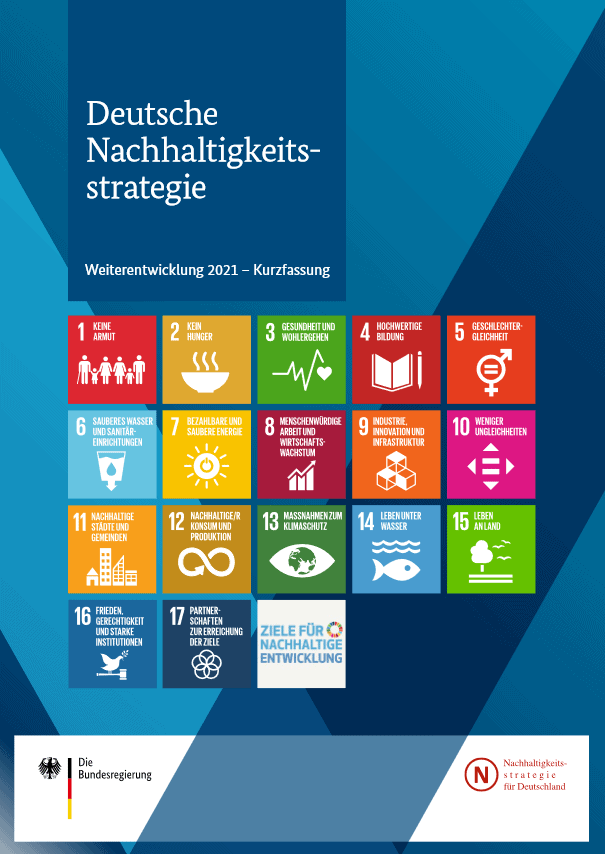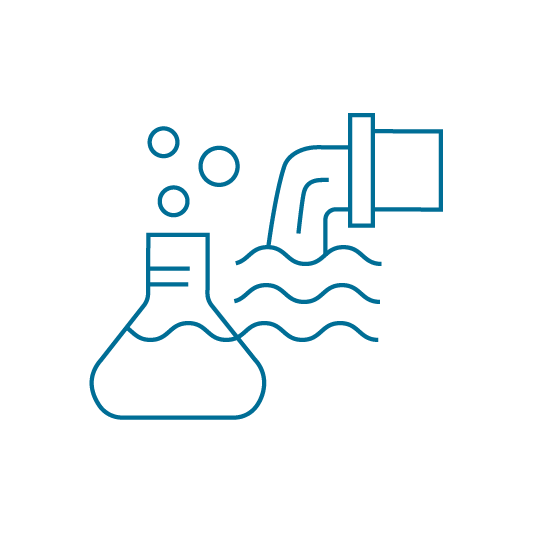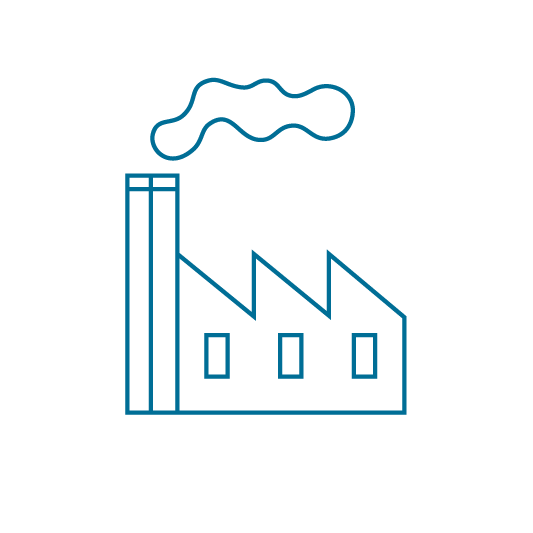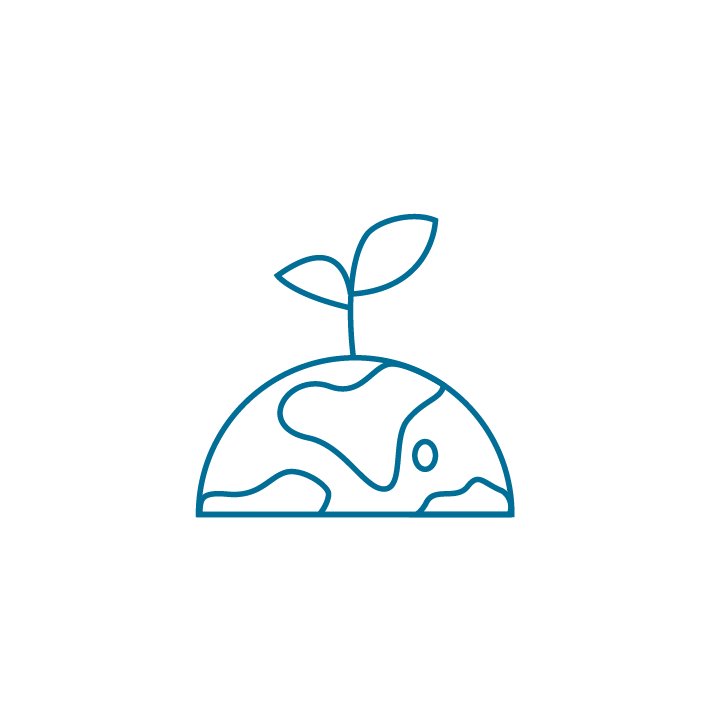Transformation areas of the German Sustainable Development Strategy
Transformation areas of the German Sustainable Development Strategy
In 2021, the German Federal Government published its further developed sustainability strategy. In it, it emphasizes the need to make ambitious progress, especially in key areas of transformation. The six transformation areas address several goals of the 2030 Agenda and emphasize their interaction.
"In order to achieve the goals of the Sustainable Development Strategy and the 2030 Agenda, we must embark on the path of a truly ambitious transformation that includes important areas such as energy and climate protection, health, circular economy, housing, transport, food and agriculture," said former German Chancellor Angela Merkel in her foreword to the strategy.
The aim of the Textile Partnership is a social, ecological and corruption-free textile and clothing industry and improvements along the entire textile life cycle. Respect for human rights and business within planetary boundaries guide the action. Through its activities, the Textiles Partnership contributes to the achievement of the 2030 Agenda and the Sustainable Development Goals. The contribution of the Textiles Partnership to individual SDGs is demonstrated by the SDG MappingIn this way, it also supports engagement in four of the six transformation areas.
The transformation area human well-being and skills, social justice links SDGs 1, 3, 4, 5, 8, 9 and 10.
In order to enable human well-being worldwide, the necessary conditions must be created: human rights must be respected and work must be adequately remunerated. Social protection must be created and gender inequalities must be combated. Social structures that prevent marginalized population groups and minorities from leading a self-determined life must be changed. All this also and above all applies along global value chains.
The Textiles Partnership contributes to this transformation area through its work on the following sector risks:
The transformation area of energy transition and climate protection (SDGs 7 and 13) requires an integrated approach based on climate protection. This also includes halving energy consumption by 2050. Greenhouse gas emissions and economic growth must be decoupled from each other.
The Textiles Partnership contributes to this transformation area through its work on sector risk climate protection and greenhouse gas emissions.
The circular economy transformation area (SDGs 8, 9, 12) takes into account the need to decouple growth from resource consumption. Consumption and production must take place within planetary boundaries. It is about both individual consumption and the transformation of the value creation patterns that underlie our production. Resource efficiency, circular economy and sustainable supply chains are just as necessary as the avoidance or responsible disposal of waste.
The Textiles Partnership contributes to this transformation area through its work on sector risk environmental protection, the use of resources and fibres.
A pollutant-free environment creates the basis for physical and mental health and well-being. In addition to all the ecological SDGs (6, 13, 14, 15), this area of transformation also addresses some social goals (SDGs 3, 11) and has an indirect impact on economic goals (in particular SDG 8).
The Textiles Partnership contributes to this transformation area through its work on the following sector risks:











